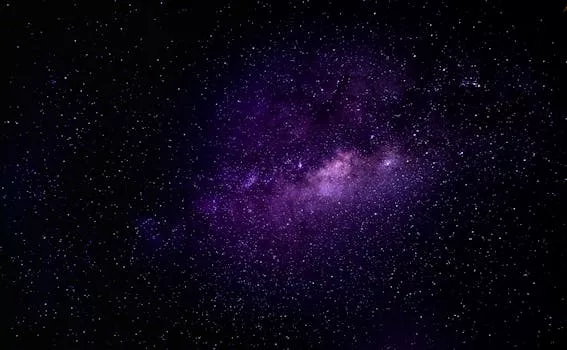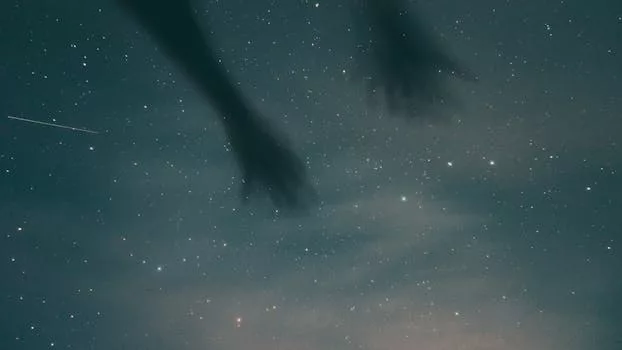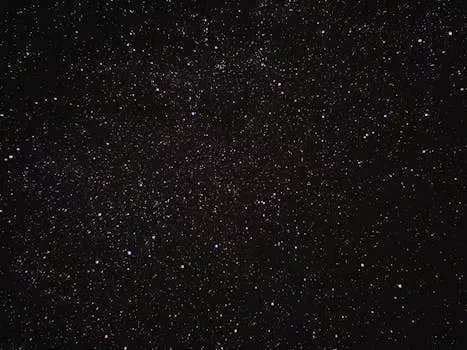
“
From Stardust to Dreams: Imagining Life Beyond the Stars – WordPress
Introduction to Life Beyond the Stars
From Stardust to Dreams: Imagining Life Beyond the Stars is a journey that takes us through the vast expanse of space and into the depths of our imagination. The idea of life beyond the stars has captivated humans for centuries, inspiring countless works of science fiction, philosophical debates, and scientific endeavors. As we continue to explore and understand the universe, we are reminded that the possibility of life existing elsewhere is not only plausible but also increasingly probable.
The focus keyword, From Stardust to Dreams: Imagining Life Beyond the Stars, is a testament to the boundless potential of human imagination and the allure of the unknown. As we delve into the mysteries of the cosmos, we are forced to confront our own limitations and the infiniteness of the universe. It is this delicate balance between the known and the unknown that sparks our imagination, driving us to explore, discover, and push the boundaries of human understanding.
The Building Blocks of Life
The concept of life beyond the stars begins with the fundamental building blocks of life as we know it: carbon, hydrogen, oxygen, and nitrogen. These elements, forged in the hearts of stars and scattered throughout the universe, provide the foundation for the diversity of life on Earth. The existence of exoplanets, moons, and other celestial bodies with conditions similar to those of our own planet raises the intriguing possibility that these elements may have given rise to life elsewhere.
The discovery of exoplanets, such as Kepler-452b and Proxima b, has significant implications for our understanding of the potential for life beyond the stars. These exoplanets, which orbit stars similar to our own sun, are located at distances that could support liquid water, a crucial ingredient for life as we know it. The search for life on these and other celestial bodies is an active area of research, with scientists employing a range of methods, from studying the atmospheres of exoplanets to searching for biosignatures. For more on this topic, check out Charting New Realms: The Journey of Imagination Beyond the Stars.
Imagining Life Beyond the Stars
As we continue to explore the universe and search for signs of life, our imagination plays a crucial role in shaping our understanding of what life beyond the stars might look like. Science fiction, in particular, has been instrumental in inspiring new generations of scientists, engineers, and explorers, while also challenging our assumptions about the nature of life and the universe.
From the works of Isaac Asimov and Arthur C. Clarke to contemporary authors like Andy Weir and Kim Stanley Robinson, science fiction has provided a platform for exploring the intricacies of life beyond the stars. These stories, often grounded in scientific theory and speculation, offer a glimpse into the boundless possibilities that await us as we venture further into the cosmos. For a deeper exploration of creativity in this context, visit Stellar Inspirations: Unleashing Creativity Beyond the Stars.
Conclusion and Takeaways
In conclusion, the concept of life beyond the stars is a complex and multifaceted one, spanning the realms of science, philosophy, and imagination. As we continue to explore the universe and push the boundaries of human understanding, we are reminded that the possibility of life existing elsewhere is not only plausible but also increasingly probable.
Takeaways from this journey include:
- The building blocks of life are present throughout the universe, providing a foundation for the diversity of life on Earth and potentially elsewhere.
- The discovery of exoplanets and other celestial bodies with conditions similar to those of our own planet raises the intriguing possibility that life may exist beyond the stars.
- Imagination plays a crucial role in shaping our understanding of the universe and the potential for life beyond the stars.
- Science fiction provides a platform for exploring the intricacies of life beyond the stars and challenging our assumptions about the nature of life and the universe.




